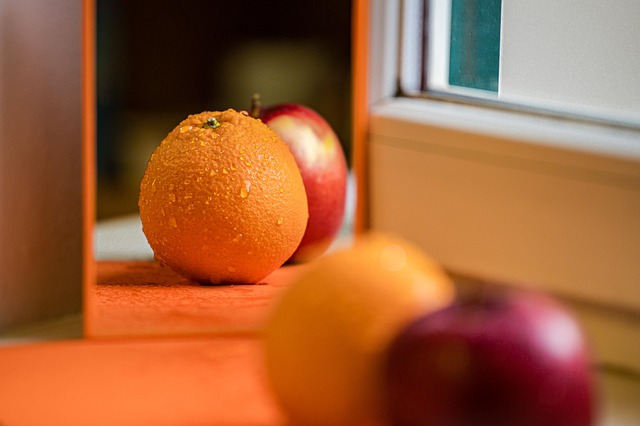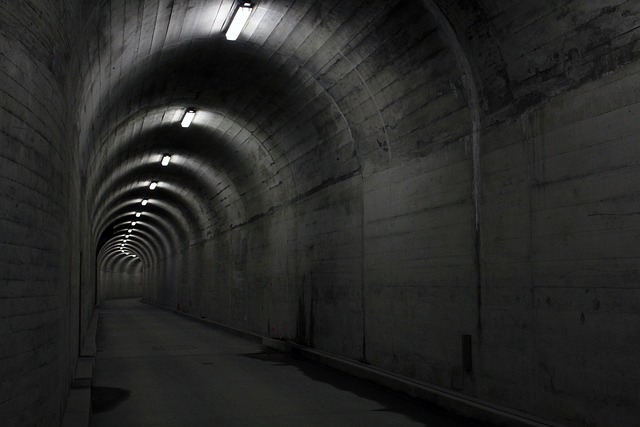Layers of Meaning: Exploring Stratification in Fine Arts Installation
In the realm of fine arts, installation pieces have a unique ability to immerse audiences, inviting them not just to observe but to actively engage with the artwork. One of the most compelling concepts driving this engagement is stratification. This layering—whether physical, conceptual, or cultural—adds depth and complexity, encouraging viewers to peel back the layers and uncover interconnected meanings.
Stratification in fine arts installations often mirrors the intricate layers found within culture itself. Just as societies are composed of multiple strata—social, historical, and ideological—so too do these art pieces stack narratives, textures, and perspectives. Each layer reveals a new facet, building on the one before it, crafting a rich tapestry that both challenges and resonates.
When you stand within a thoughtfully designed installation, you might feel enveloped by the walls of sound, light, and form. This sensation is no accident. Artists use stratification intentionally to evoke emotional responses, connecting the personal to the universal. In these spaces, you don’t just see the artwork; you experience the cultural dialogue embedded in each layer.
Consider an installation that uses mixed media to represent migration—physical layers could represent geographical borders, while visual and auditory elements capture stories and emotions. The stratification here does more than add aesthetic appeal; it functions as a bridge between individual stories and collective memory, prompting reflection on identity and belonging.
In a broader cultural context, layering in installation art can also critique existing structures or highlight inequalities. By stacking contrasting elements—luxurious textiles alongside worn objects, or technology against tradition—artists invite contemplation of societal hierarchies and power dynamics. This exploration of stratification opens the door to dialogues that transcend the gallery walls, making the fine arts a vital arena for cultural discourse.
Ultimately, the power of stratification in installation lies in its ability to transform spaces into multi-dimensional experiences. It encourages viewers like you to slow down, look closer, and embrace the complexity of the narratives within. As you engage with these layered installations, you become part of an ongoing cultural conversation—one that is rich with subtle meanings and profound insights.




